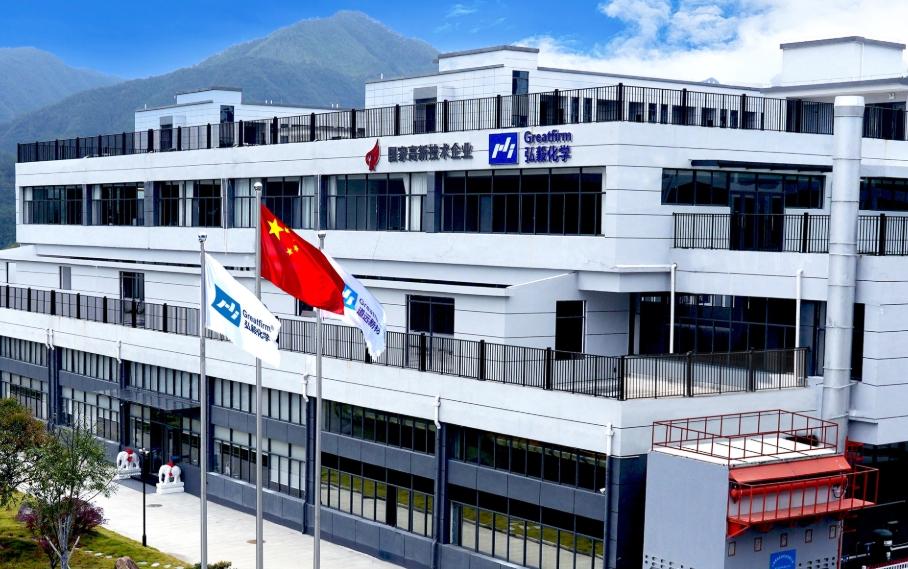Fluorescent Brightener 28 is frequently used in textile production to enhance fabric brightness and improve the visual appeal of finished products. By applying it during the finishing stage, manufacturers can achieve a consistent and clean white appearance across a variety of fabric types.

The process typically involves dissolving the brightener into a water-based solution, which is then applied to fabric using padding or exhaustion methods. The treated material is subsequently dried and cured to ensure good fixation of the brightener on the fiber surface.
This product performs well on both natural and synthetic fibers. It is particularly effective on cotton, polyester, and their blends. Adjustments in concentration may be necessary depending on fabric composition, desired brightness, and finishing conditions.
One important consideration during application is the compatibility of Fluorescent Brightener 28 with other finishing agents. It should not interact negatively with softeners, dyes, or coatings used in the same process. Compatibility testing is often done in advance to ensure stability in multi-step production lines.
Temperature and pH also affect results. Optimal performance is usually achieved under slightly alkaline conditions and at medium drying temperatures. Excessively high temperatures or extreme pH levels can reduce brightness or cause uneven distribution.
To maintain quality, manufacturers may implement quality control procedures, such as using UV lamps to check for uniform brightener coverage and color consistency. Inconsistent application may lead to patchy or faded appearances after washing.
By integrating Fluorescent Brightener 28 into the textile production process with careful planning and control, companies can produce fabrics with enhanced visual characteristics and improved market appeal.

